Step 1: Develop Your Idea
Purpose of the Site
This site is meant to showcase my talents and creative work, highlighting what makes me stand out as an artist. It will reflect my strengths, aesthetic sensibilities, and the kinds of projects I’m best suited for, while connecting me to the right audience.
Problem to Solve
It can be difficult for potential employers or collaborators to understand my abilities without an accessible portfolio. This site will make it easy for them to view my work in one place, updated as I grow, while also giving them insight into my creative choices and whether I might be a strong fit for their needs.
Goal
To build a clear, professional, and visually engaging portfolio that not only showcases my past work but also demonstrates my design thinking and potential, helping me attract opportunities with employers and collaborators.
Step 2: Discovery and Research
Competitor / Reference Sites
MEW (mew.xyz)
What Works Well
- Strong, unique brand voice and tone — the “cat in a dog’s world” concept feels memorable and distinct.
- Playful illustrations and custom graphics that capture attention.
- Creative, expressive layout and interaction — not rigid or template-based.
- Integrated storytelling between visuals and copy.
- Good use of motion, transitions, and interactivity for a dynamic experience.
What Doesn’t Work Well
- Clarity in “what do they do” might suffer for casual visitors.
- Some text over illustrations can affect readability and contrast.
- Heavy graphics may slow performance.
- Navigation and clarity could be improved for quick understanding.
Key Takeaways
- A strong visual concept and brand narrative can set your portfolio apart.
- Balance expression and clarity — don’t let style block usability.
- Use illustration, interactivity, and motion thoughtfully, testing readability and performance.
New Valley Labs (newvalleylabs.com)
What Works Well
- Bold, visually engaging one-page layout.
- Strong use of custom graphics and elements that give personality.
- Simple scrolling structure — clear and cohesive experience.
- Good storytelling flow combining identity and portfolio in one scroll.
- Recognized for design and visual quality.
What Doesn’t Work Well
- Long one-page layouts can feel repetitive with too much content.
- Some users may prefer structured pages with more depth.
- Heavy visuals can challenge responsiveness on mobile devices.
- Scrolling can cause users to skip content unintentionally.
Key Takeaways
- One-page narrative sites are powerful storytelling tools.
- Control pacing, hierarchy, and scope carefully.
- Ensure responsive design across screen sizes.
- Provide clear navigational anchors to guide visitors.
Step 3: Target Your Audience
Primary Audience
Creatives who want a young, colorful artist who blends her own culture and pop culture influences to create visually appealing, story-driven artworks.
Who I Create For
My work speaks to creatives who are drawn to expressive, story-driven art with a strong sense of identity. I create for those who appreciate originality and meaning in visual storytelling. My pieces are shaped by lived experiences, cultural roots, and the evolving world around me. The tone of my work is sincere, reflective, and imaginative.
Step 4: Inspiration and Concepts
Reference Sites
Moodboards
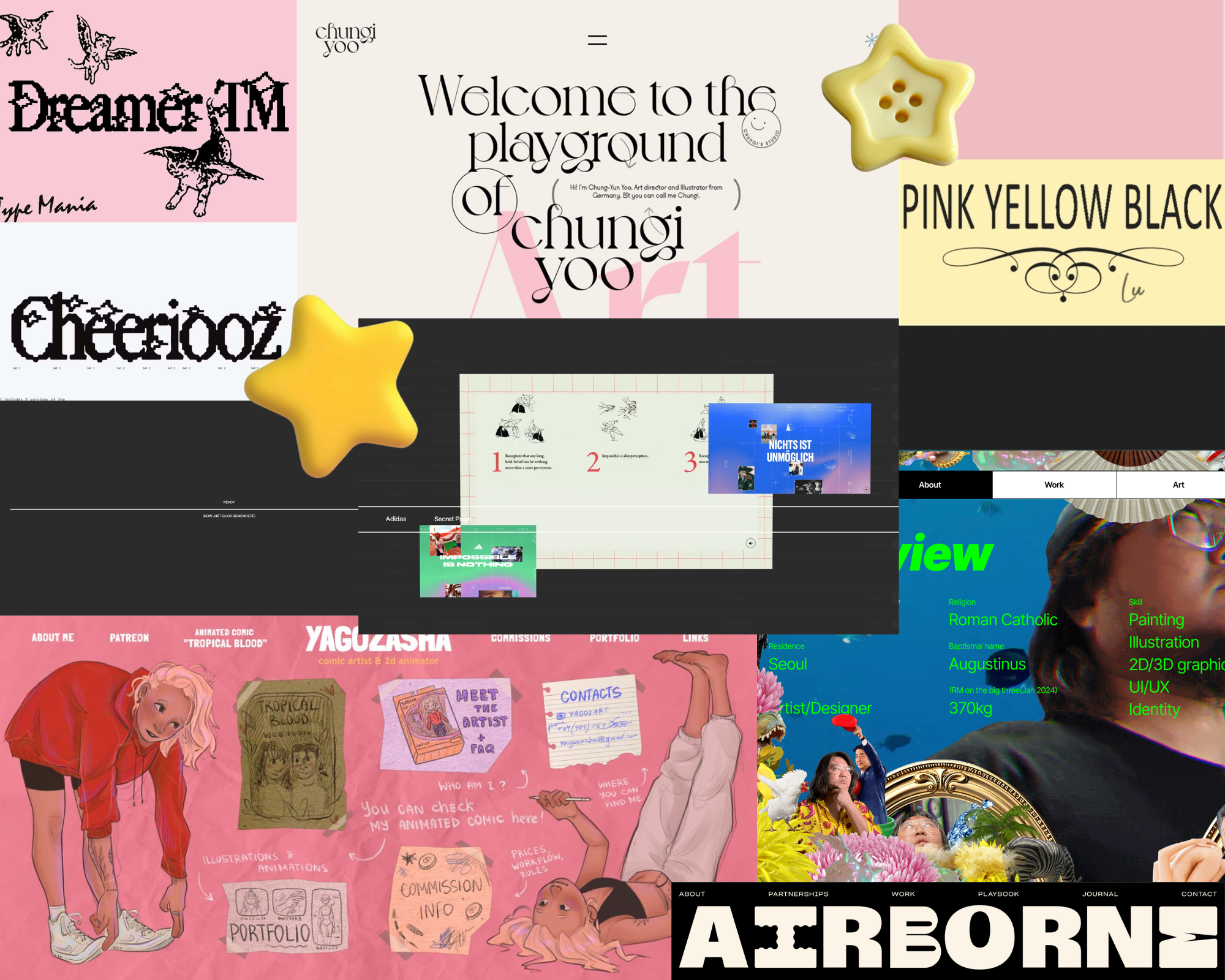
Concept 1
Illustration heavy, maximalist, pink-black-yellow color scheme. Playful and interactive.
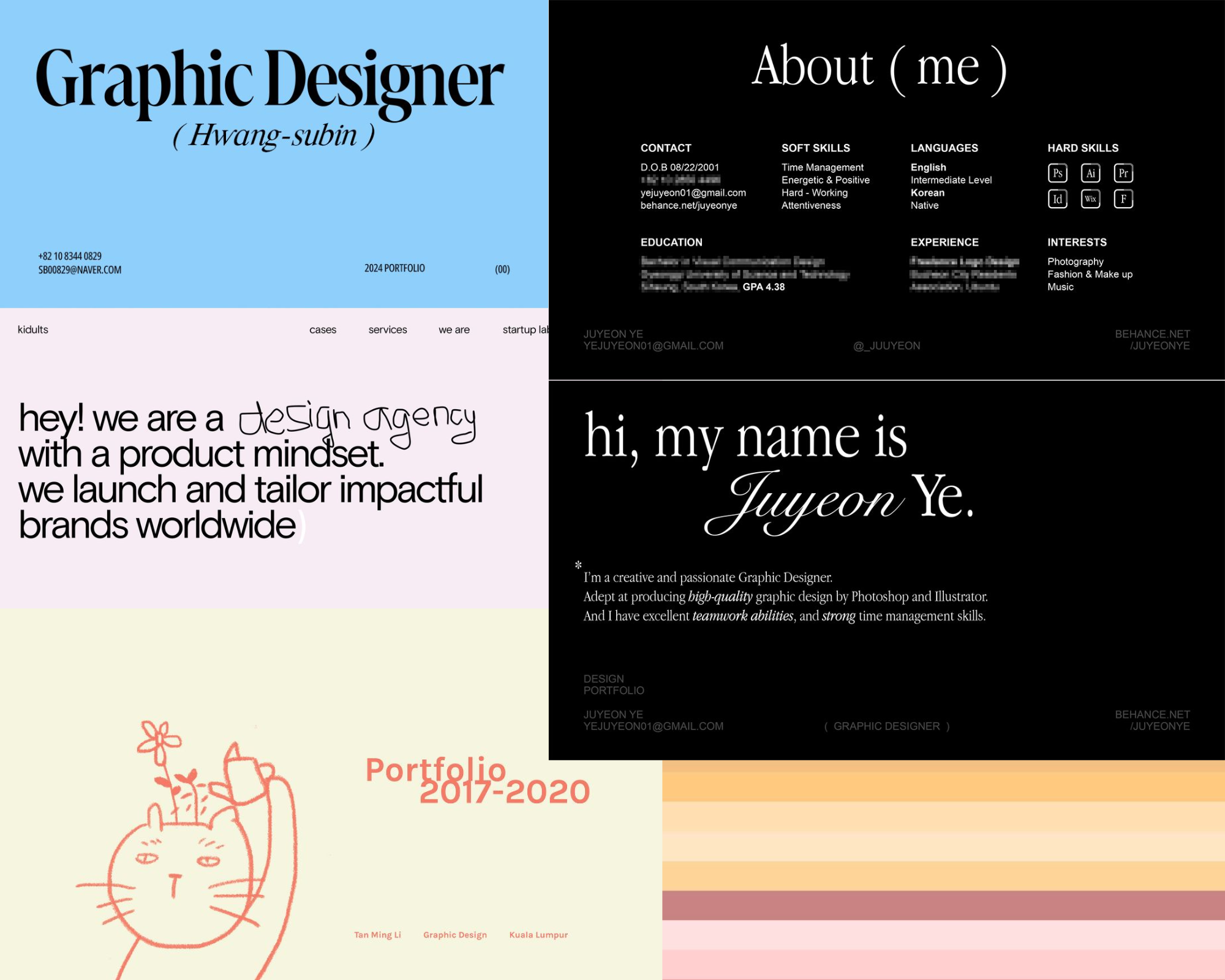
Concept 2
Minimalist, typography-heavy, with some simple illustrations.
Step 5: Thumbnails and Sketches
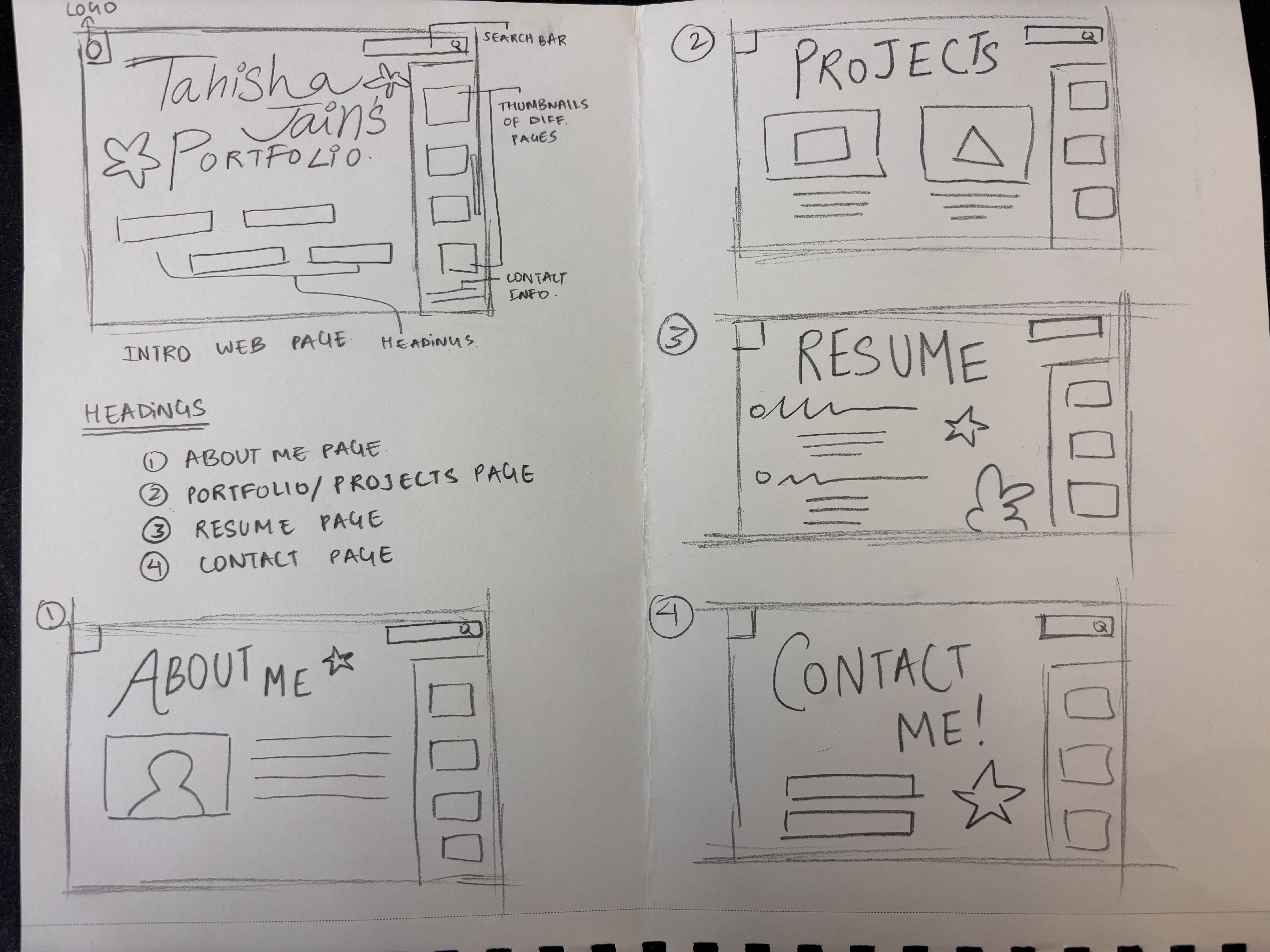
Step 6: Wireframes and Prototypes

Step 7: Photoshop Comp
Final Phone Comp
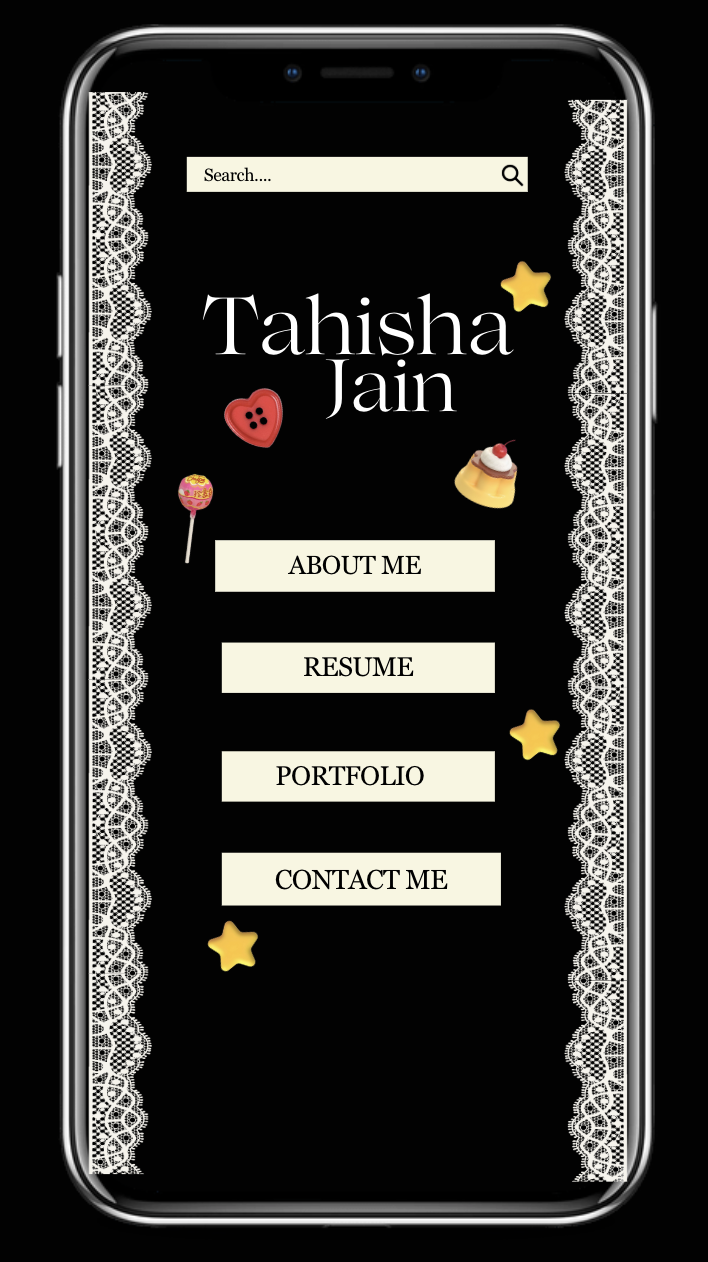
Final Tablet Comp
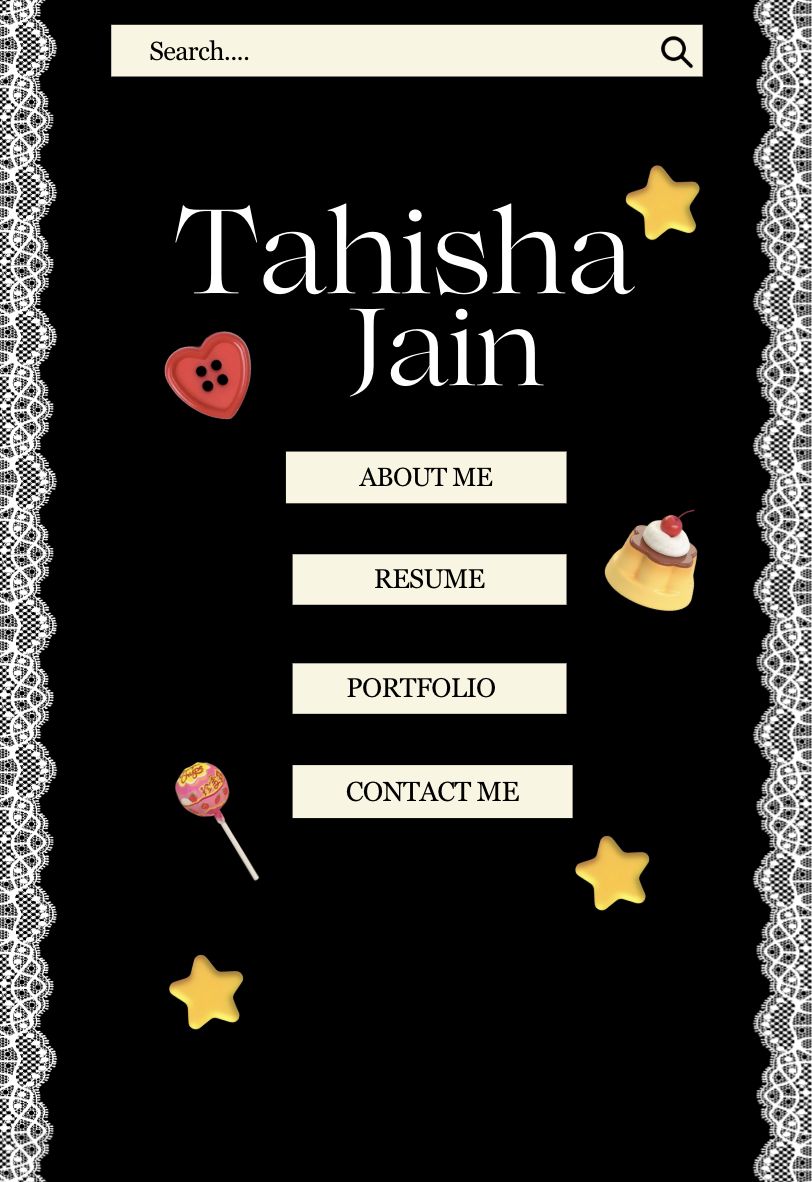
Final Desktop Comp
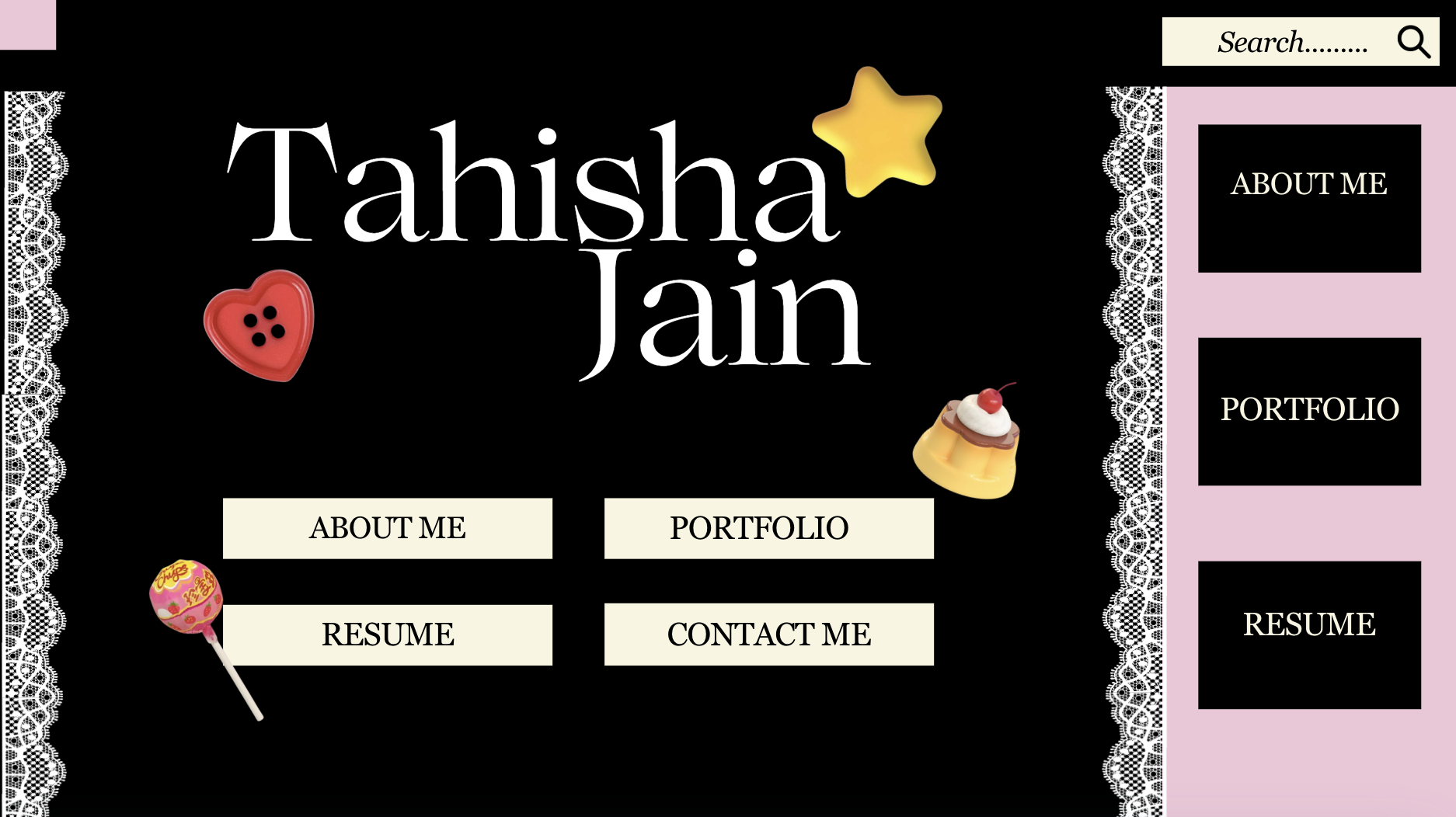
Reflection
Next Steps for Coding
For my next steps I will start with first getting the color codes for my webpages aswell as learning how to incorporate the floating interactive elements I want on my webpage
Potential Challenges
I want to learn how to incorporate a custom cursor.
Excited Outcomes
I am looking forward to creating a website that I feel is a good representation of who I am.